Since Liberty Media officially took control of Formula 1 from Bernie Ecclestone in January 2017, the mantra has always been ‘judge us not on what you see now but on what happens in 2021 and beyond’. That date was significant for the simple reason that the current Concorde Agreement – the covenant by which F1 is run – expires at the end of 2020, after which all bets were off in terms of the regulations, governance and finances of the sport.
In the interim, there was only a limited opportunity for the new management to have a major influence on the direction F1 was taking. It was still in the slipstream of the Ecclestone era.
There have been endless discussions during the past couple of seasons about what that new direction should be. Crucially, the lack of a Concorde Agreement and hence governance for 2021 meant that, in theory, Liberty and the FIA could do anything they wanted and the teams would have little say. It was a unique opportunity to move the goalposts without the inevitable blocking of change by parties keen to protect their own interests.

With no F1 governance in place, the deadline for announcing 2021 changes originally defaulted to 31 March 2019. However, that proved far too early to pin down details as the debate continued.
All parties thus agreed to a postponement until 31 October, and after a series of meetings through the season, it was on that date that FIA president Jean Todt, F1 CEO Chase Carey and sporting boss Ross Brawn presented the draft regulations to the world, after they had been ratified by the World Motor Sport Council.
Or rather, they presented three sets of regulations, because the familiar technical and sporting documents have now been joined for the first time by a set of financial regulations. They form a key part of F1’s attempts to ensure that the sport is sustainable over the long term and to level the playing field.

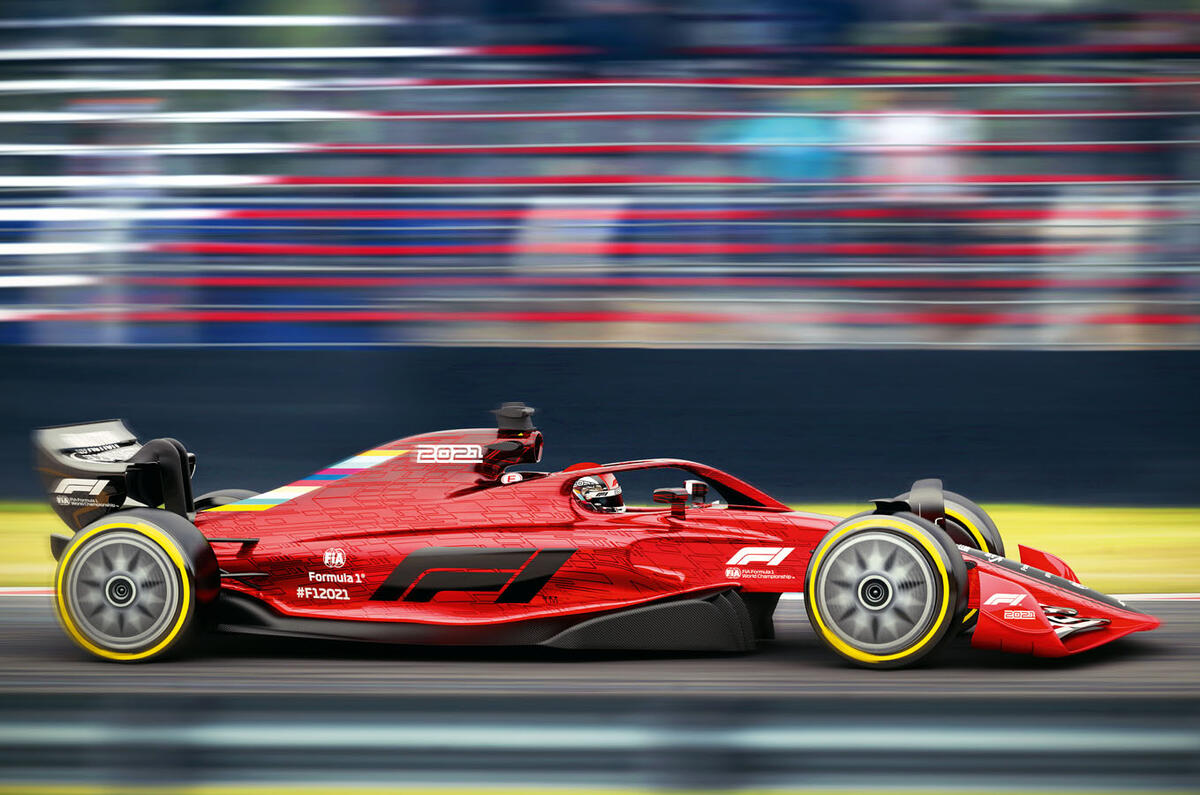
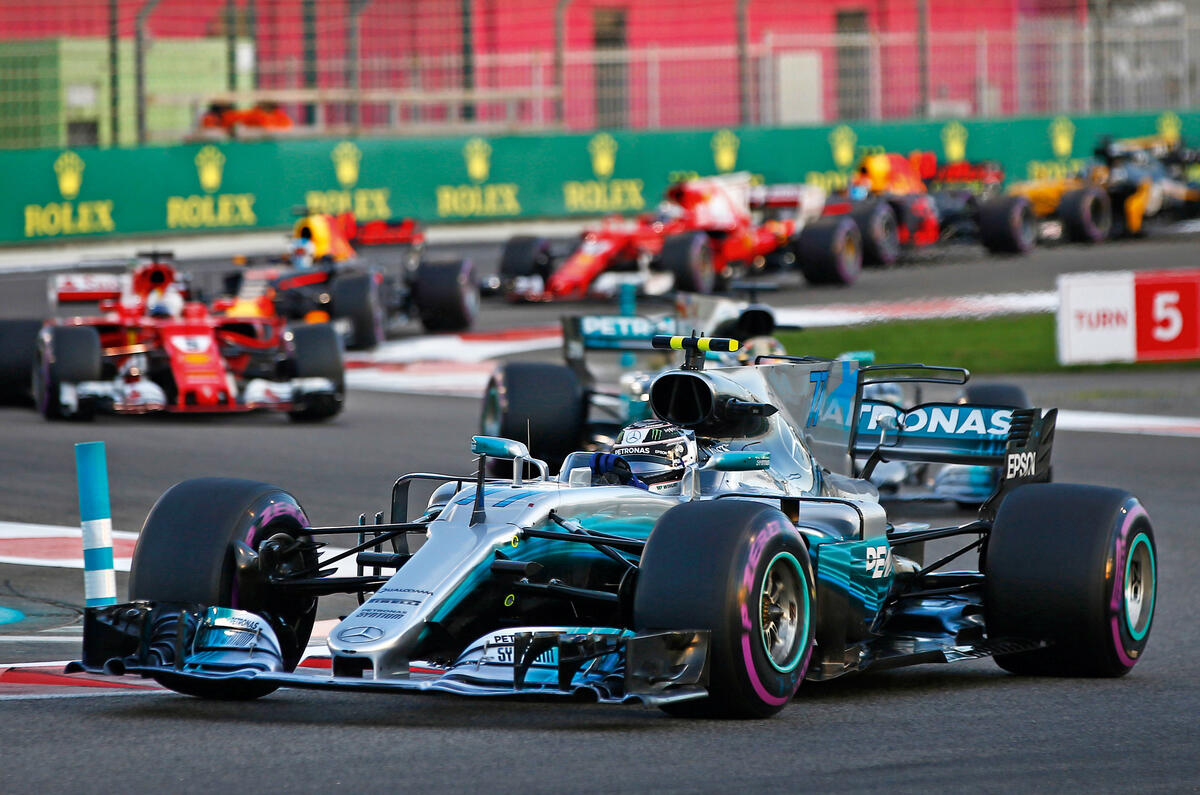
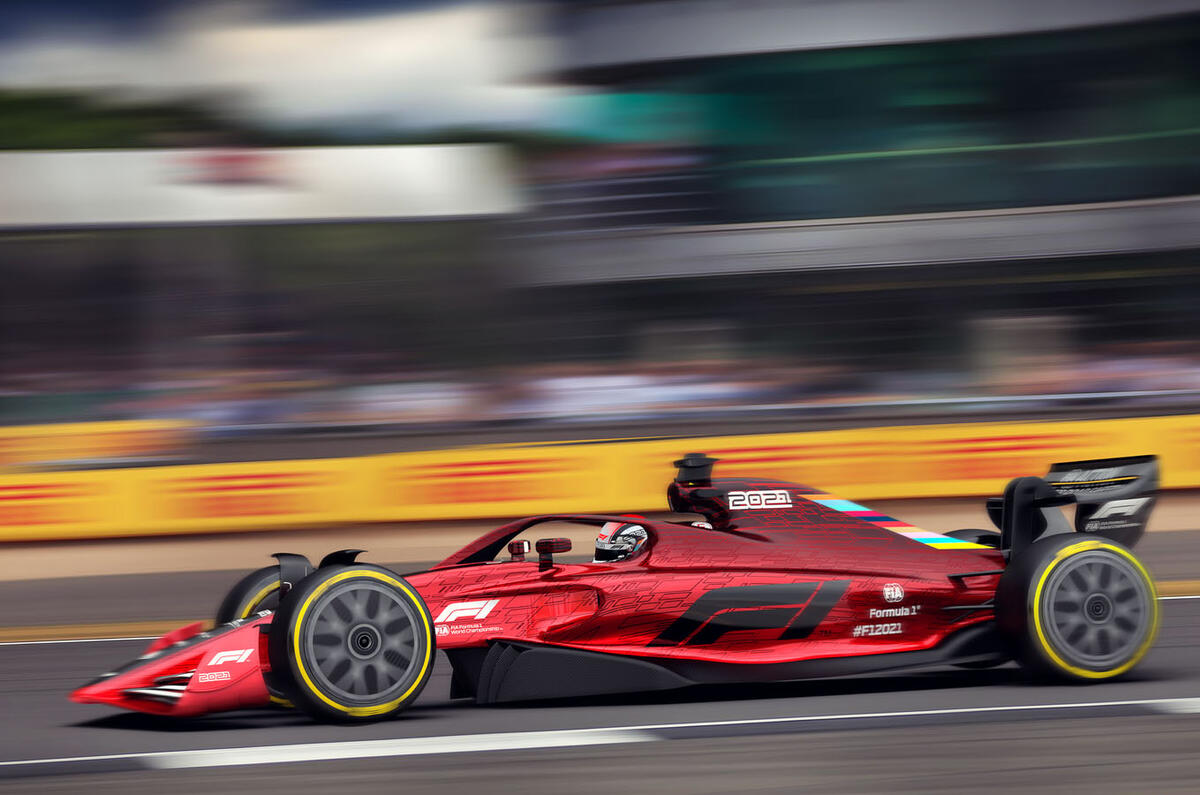
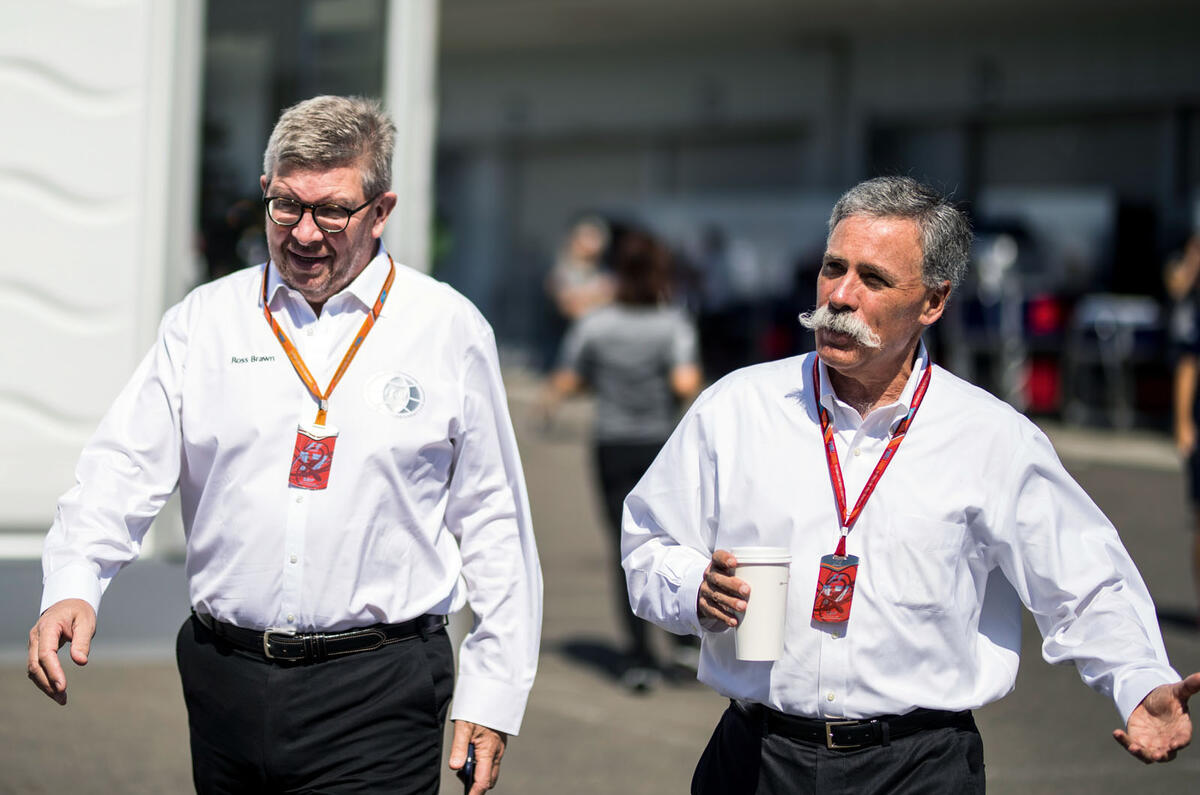
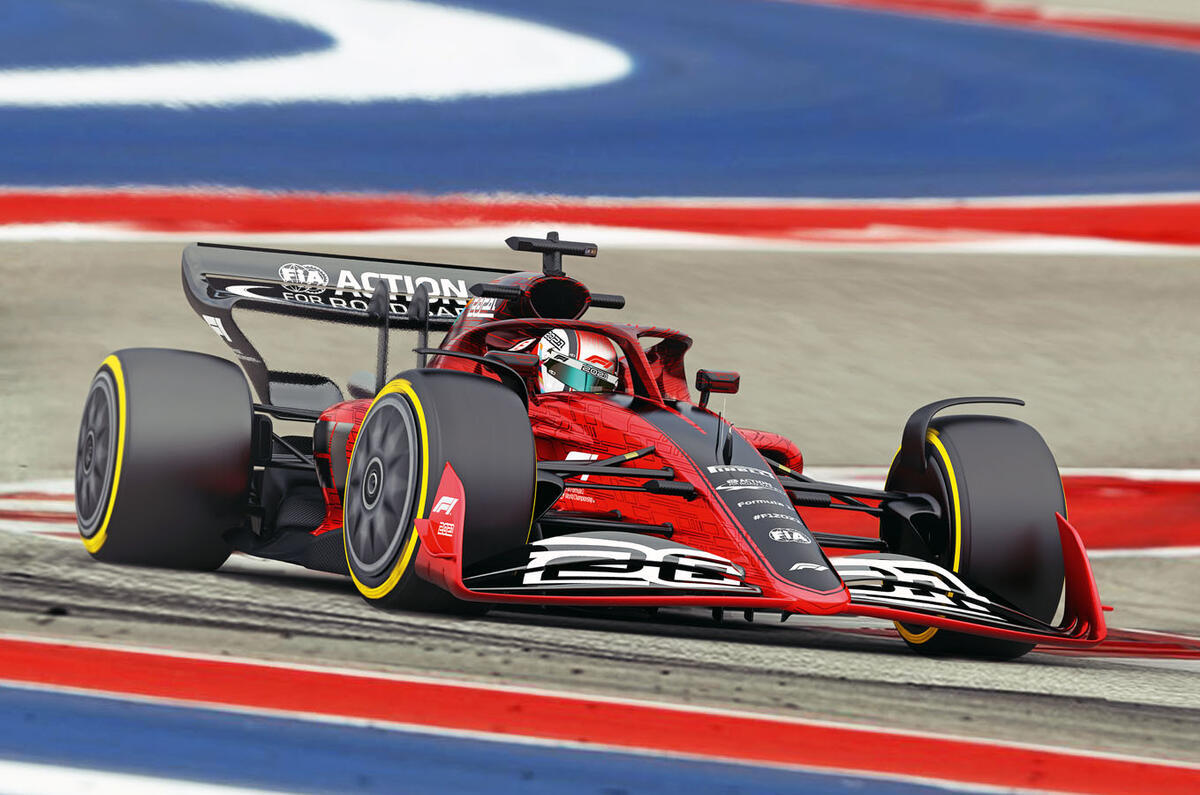
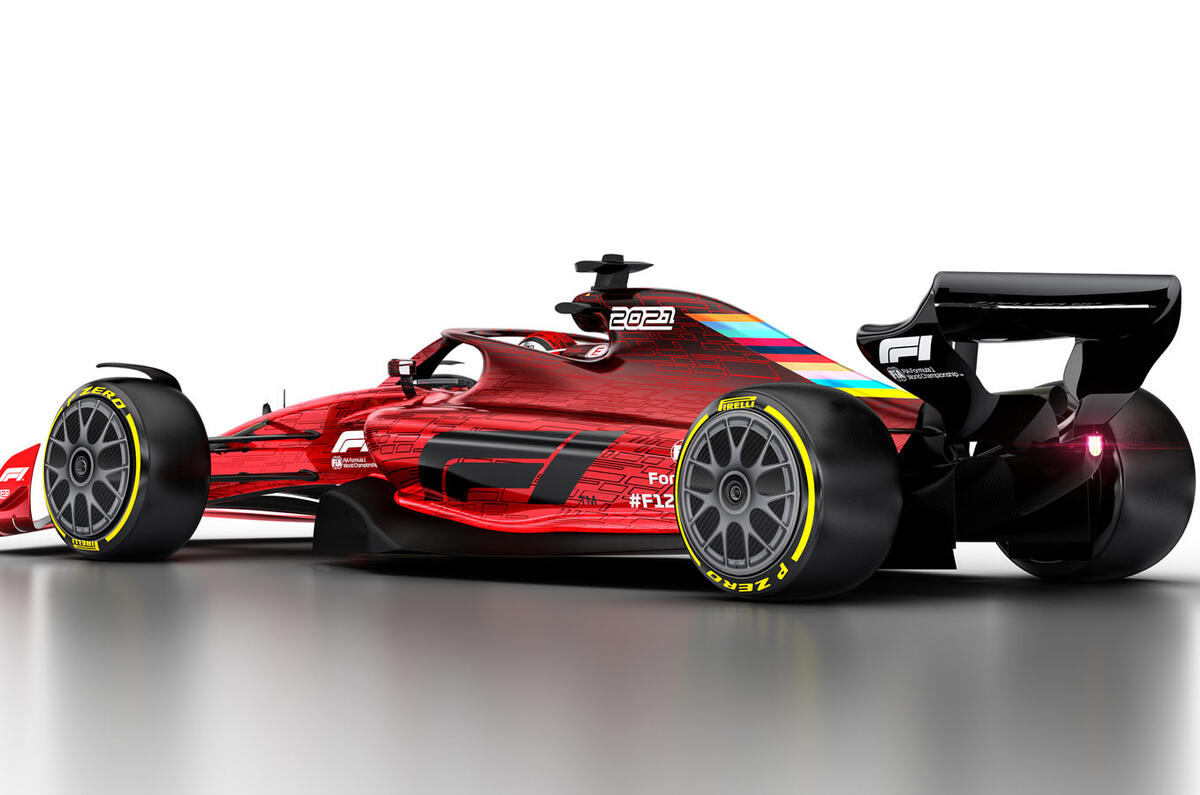
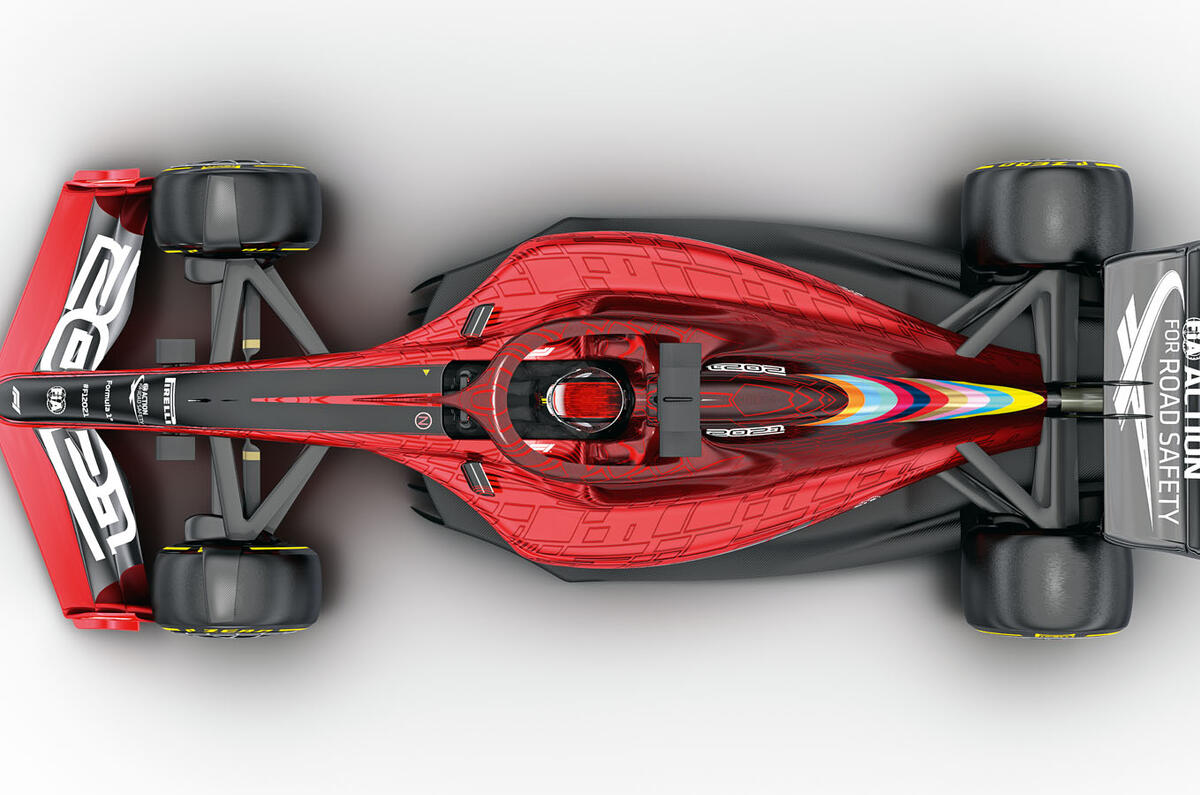
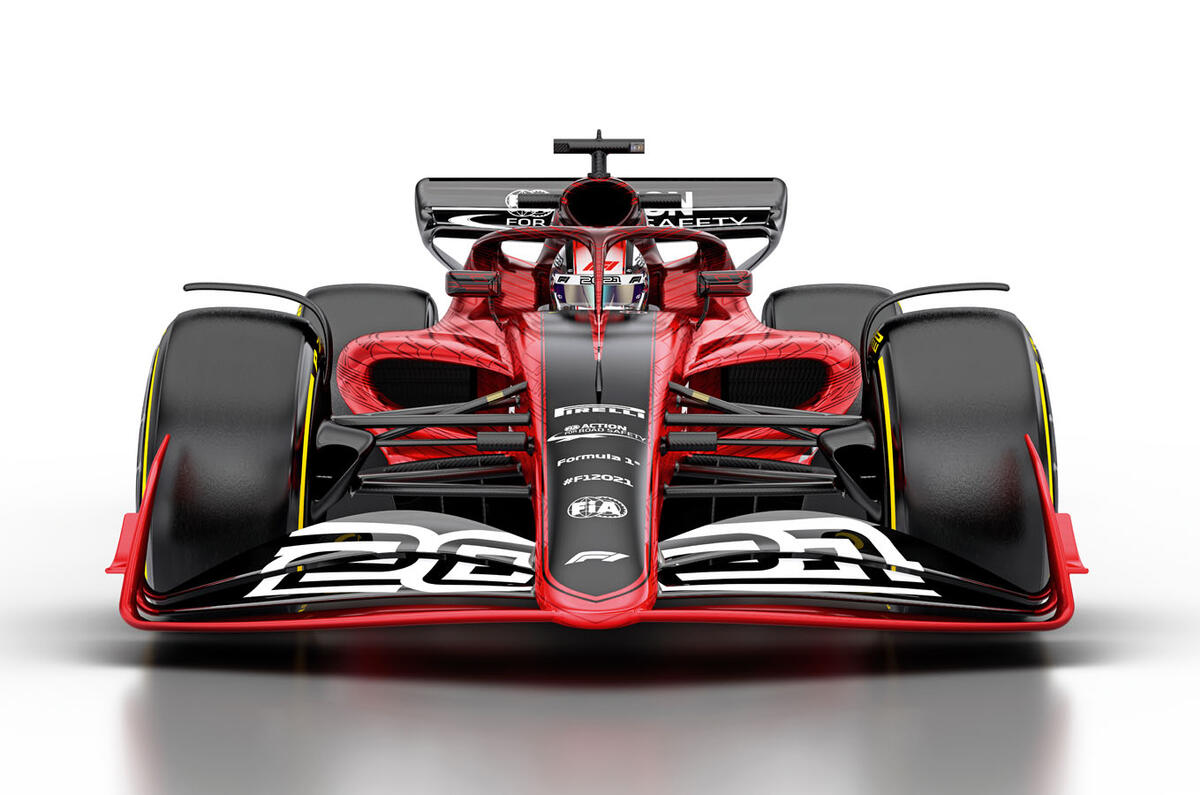
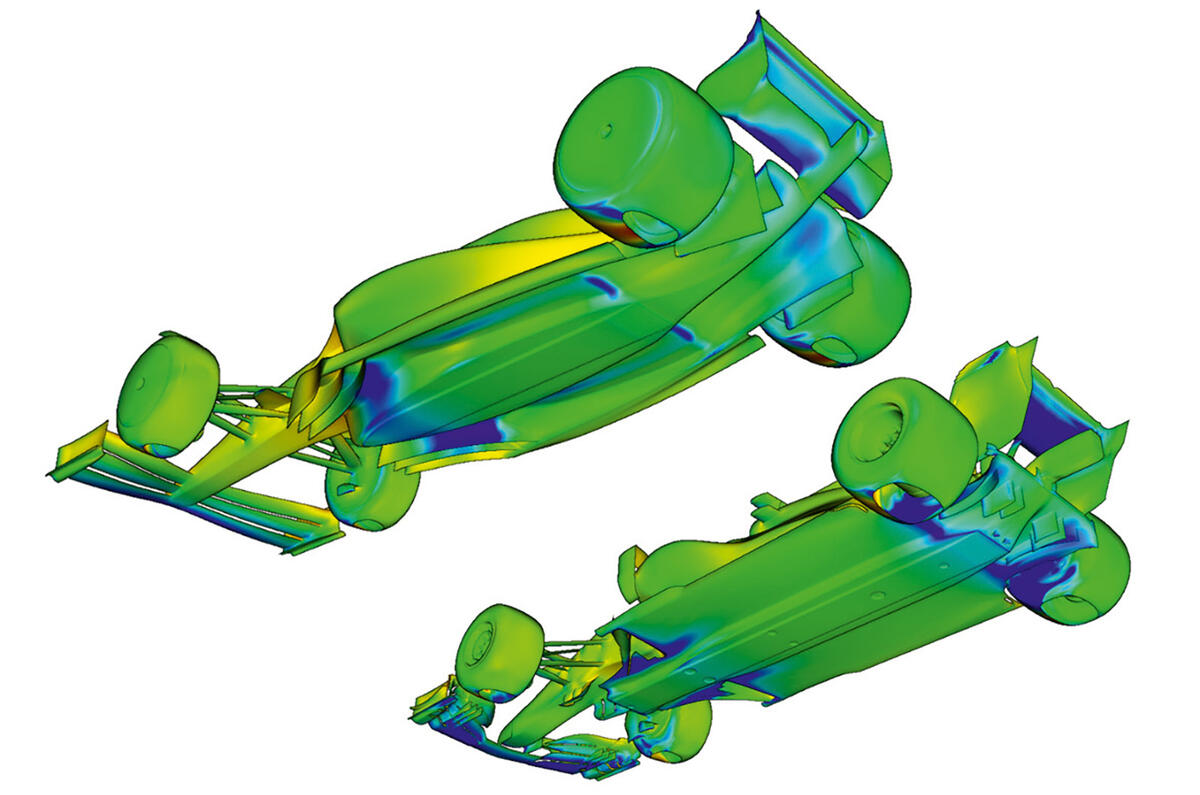
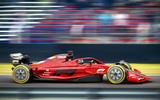
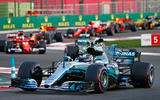
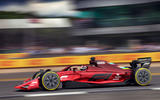
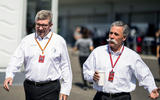
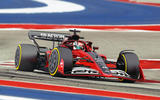

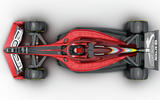
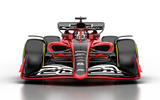
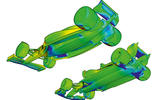










Join the debate
Add your comment
Cynicism alive and well....?
Apathy is there too, if you feel your making a better contribution to the posts on here, don't deride others because they, according to your standards, aren't worthy of your consideration, I like to post, I try not to offend people, if I do I try to apologise , and let's face it, if you troll people it doesn't show you in a good light, now, can we talk about Cars please?
wheels
bigger wheels can house bigger brakes, which could be required given that the cars are getting heavier and they were already pretty hot. Other formula are running larger diameter wheels. The reduced sidewall height could give better body roll control, keeping the floor flat to the ground is important with ground effect. higher profile tyres are more likely to shake the wheel loose (i had no idea about that until these rule changes started!) Other manufacturers (michelin springs to mind) have stated that they wouldn't put in a tender to be a supplier unless they went to a larger wheel, f1 was basically stuck with pirelli last time the contract was up for renewal. the amount of braking grip the cars generate mean the tyres have to be glued to the wheels, this problem would be reduced when the tyre has more rim to stick to. i'm expecting to see the kerbs cracking some rims!
.
Instead of continual rule changes, why not less rules? F1 was not boring in the 60's and 70's when you were allowed V8s, and V12s and Flat 12s, where cars were quite distinctive in appearance and some (well one anyway) had six wheels. This allowed innovation to sometimes triumph over budgets. Yes Ferrari and Mclaren won a lot, but so did Tyrell, and Lotus and Brabham, even Hesketh.
Innovation
I agree that the rules should be relaxed so that companies can innovate but that the budget should be equal for all teams e.g. £100m that way pound for pound it's about getting the best from the same budget a situation that enables parity and fairness this is something everyone can surely get behind.
The Dr wrote:
Would that include driver salaries? I agree though, innovate from a level starting line. I remember Ron Dennis arguing something similar many years ago. Level budgets, car dimensions all the same, track, wheelbases etc. then give teams the freedom of the finer detailing.